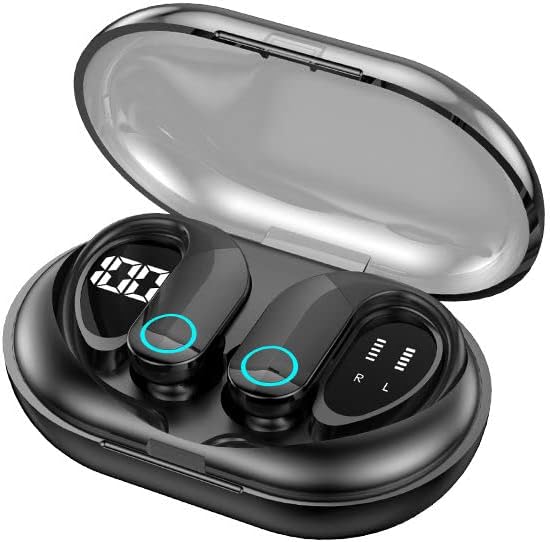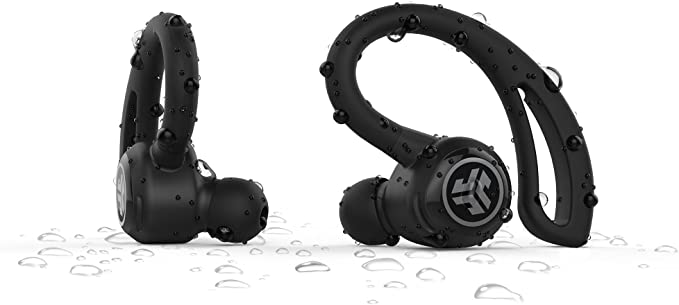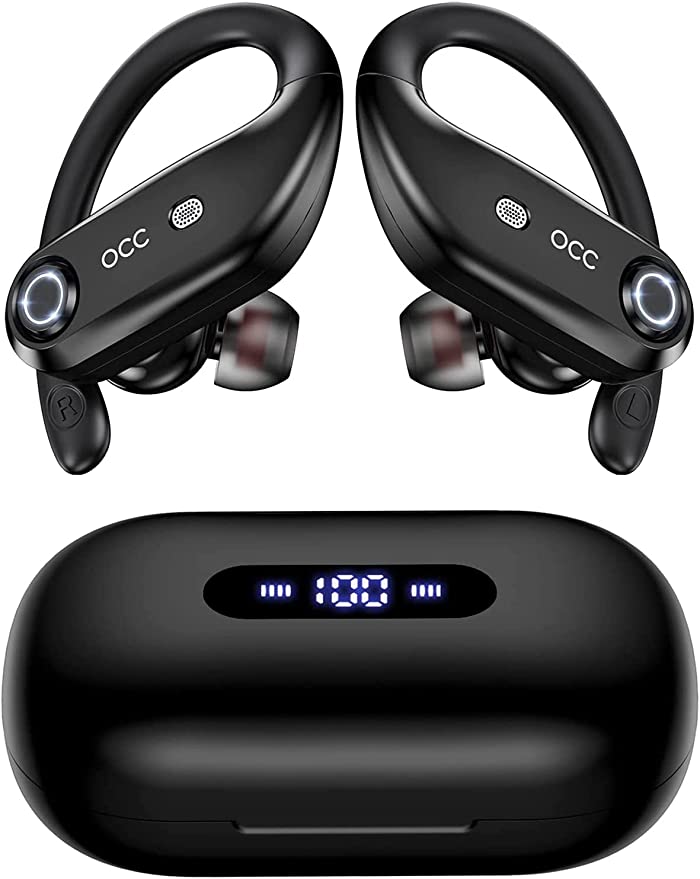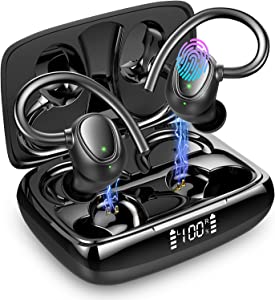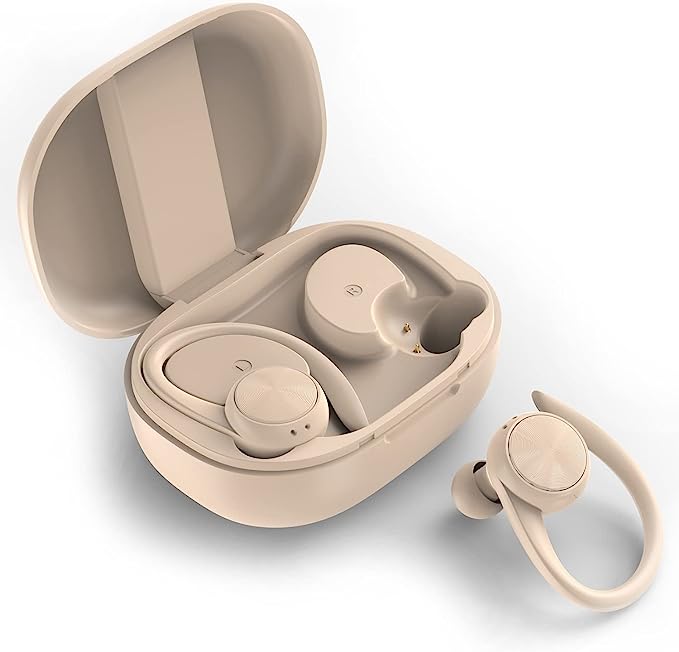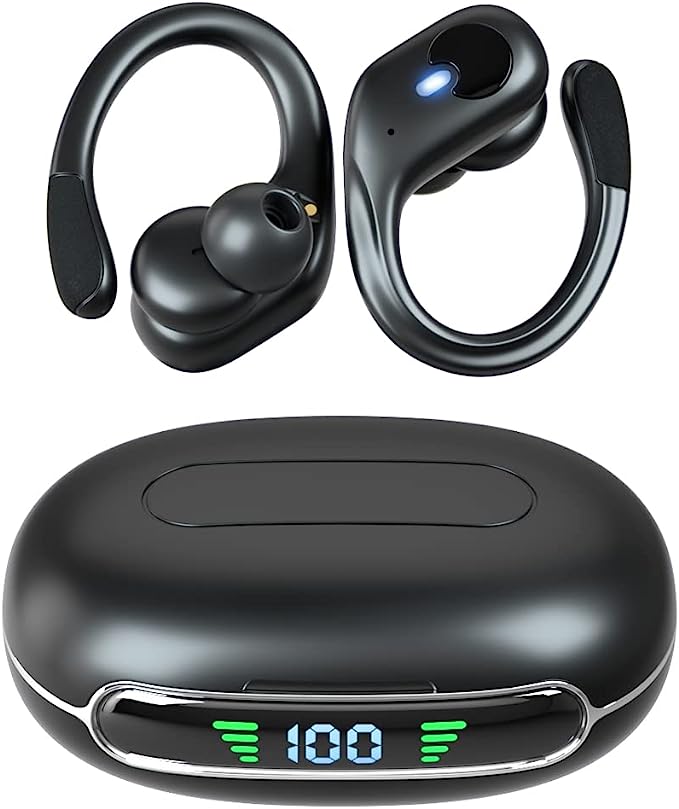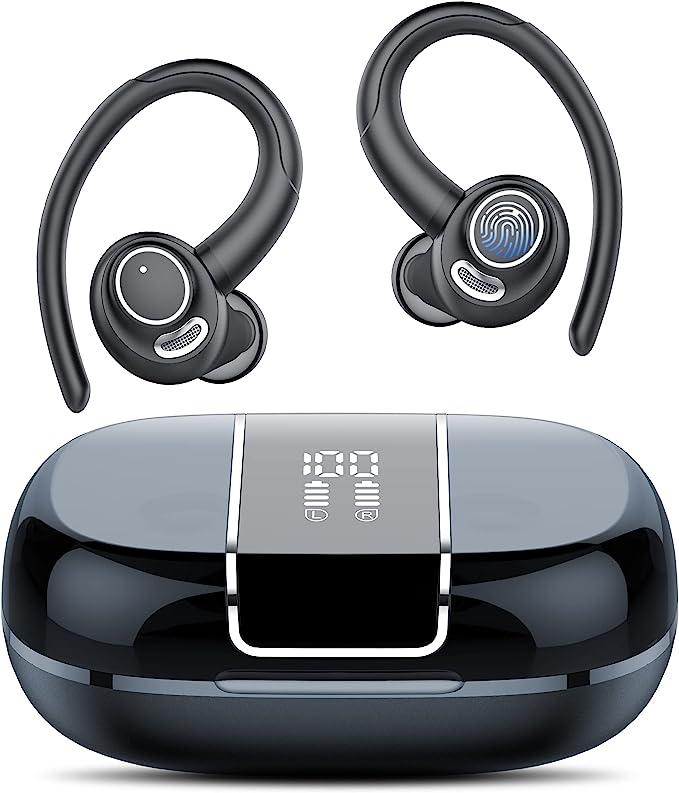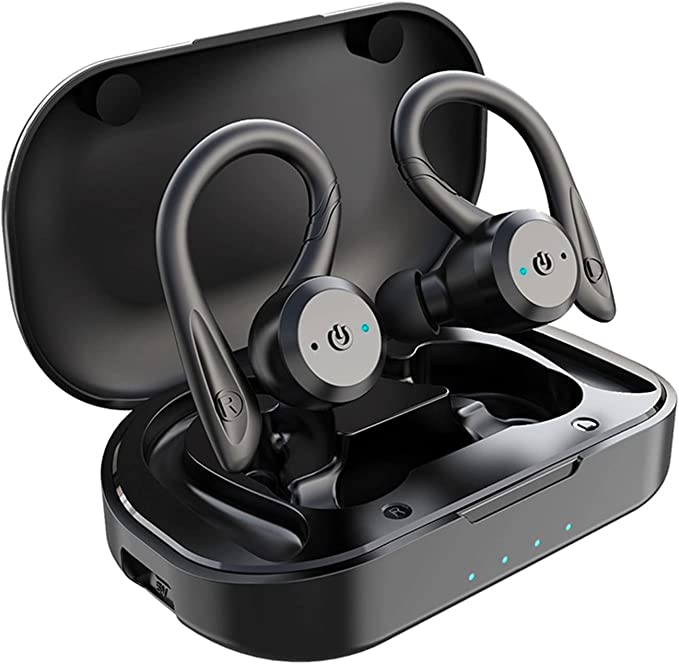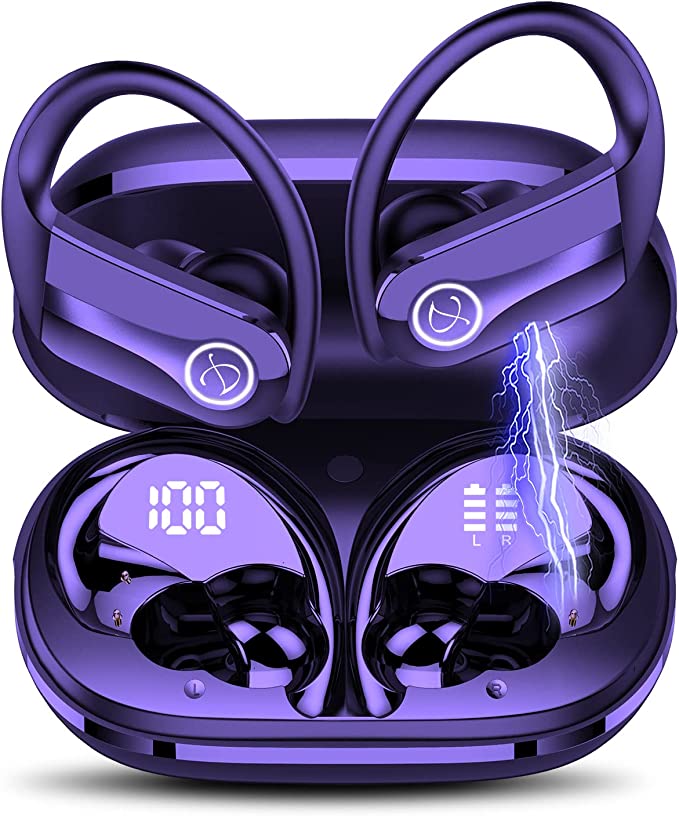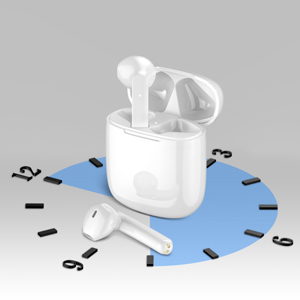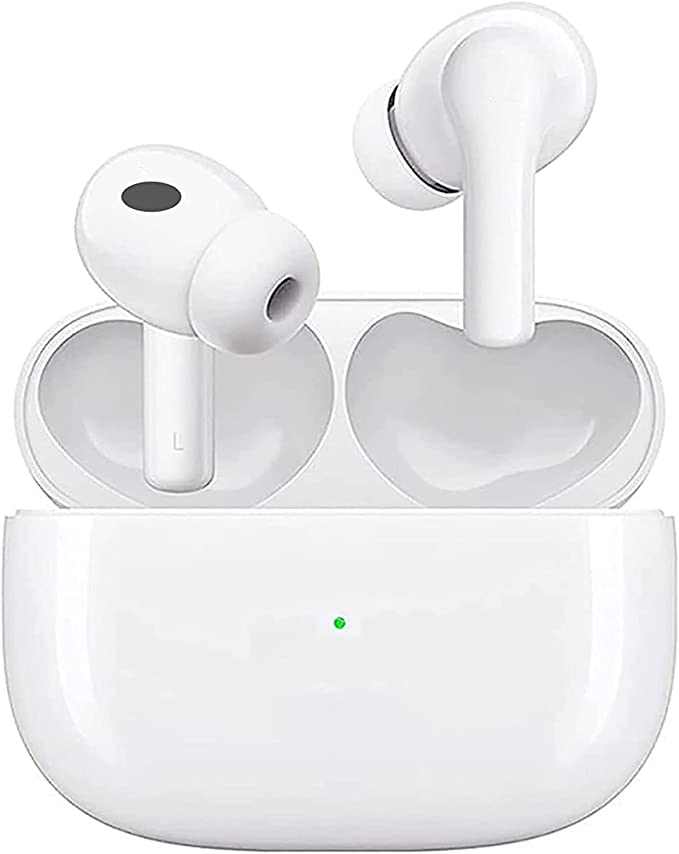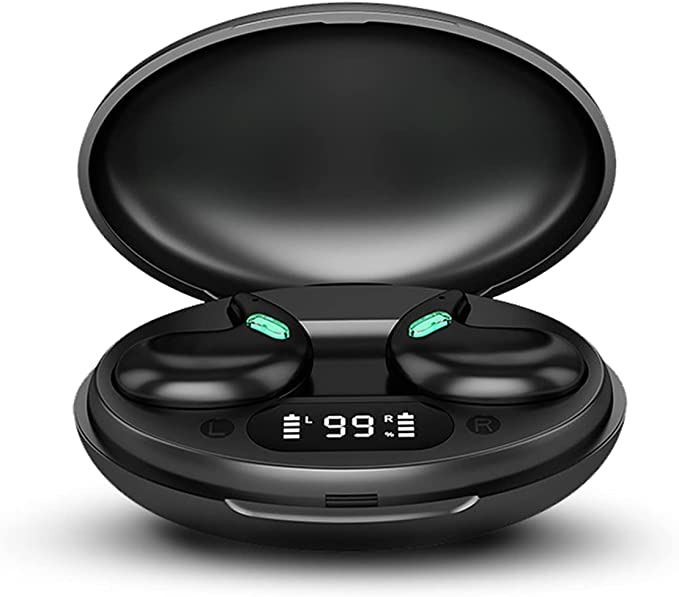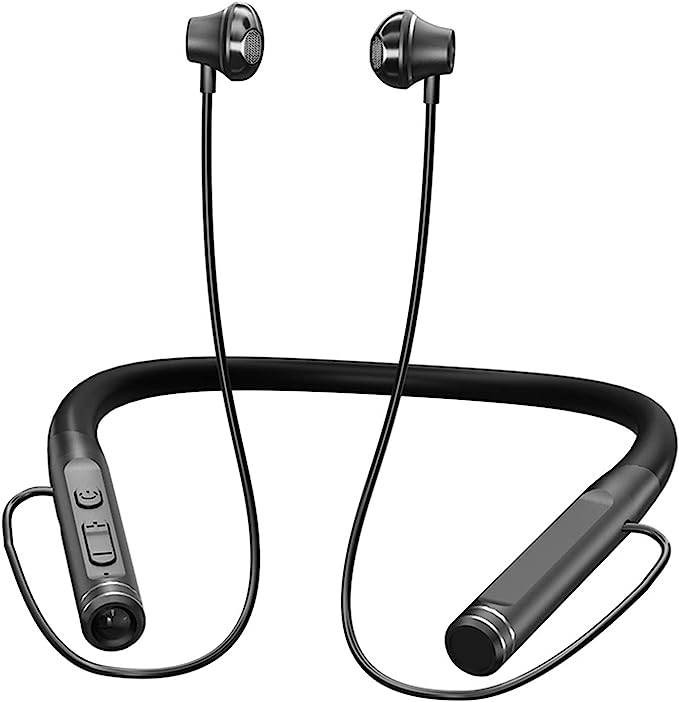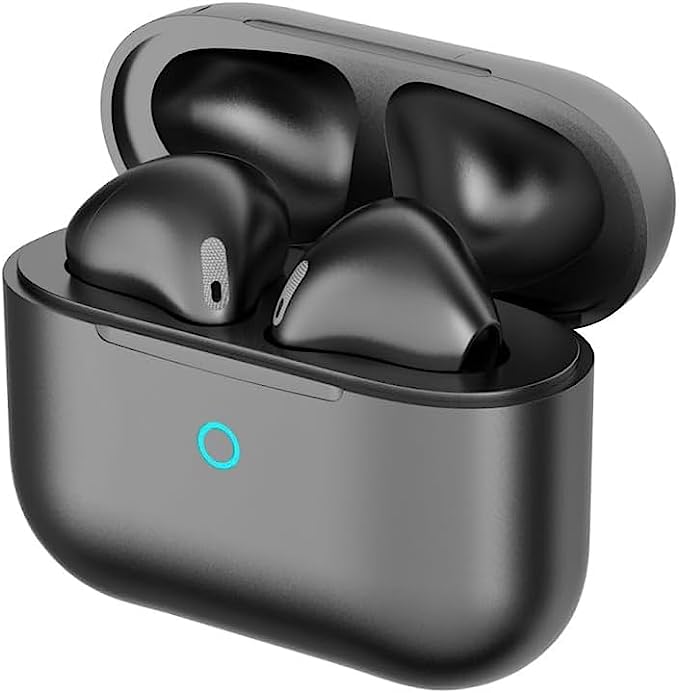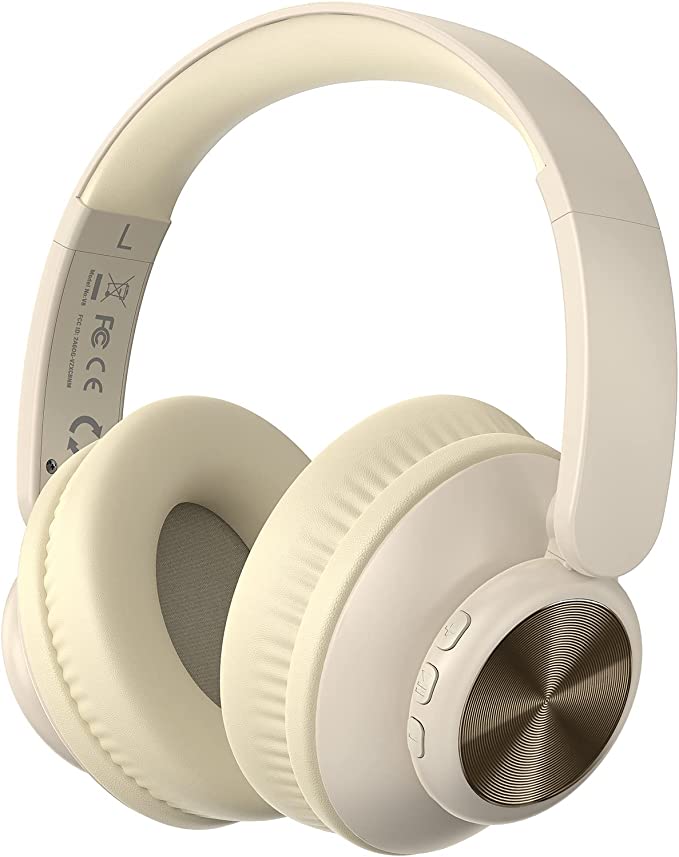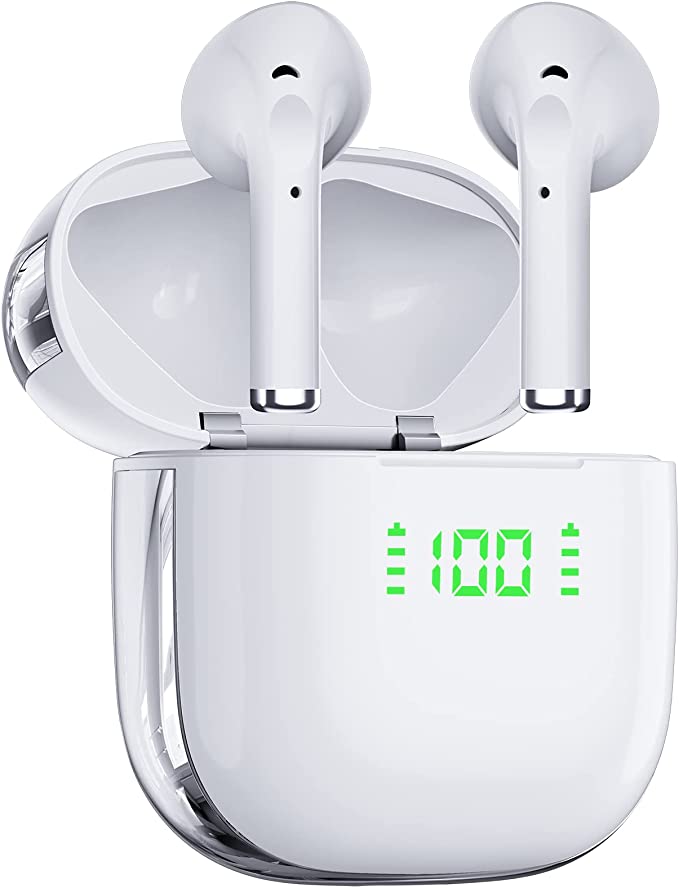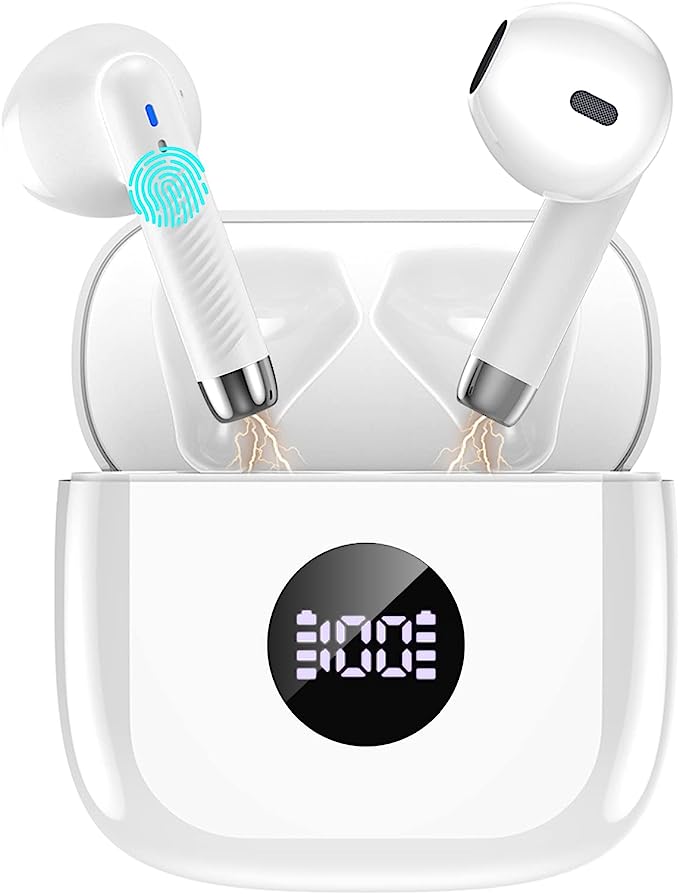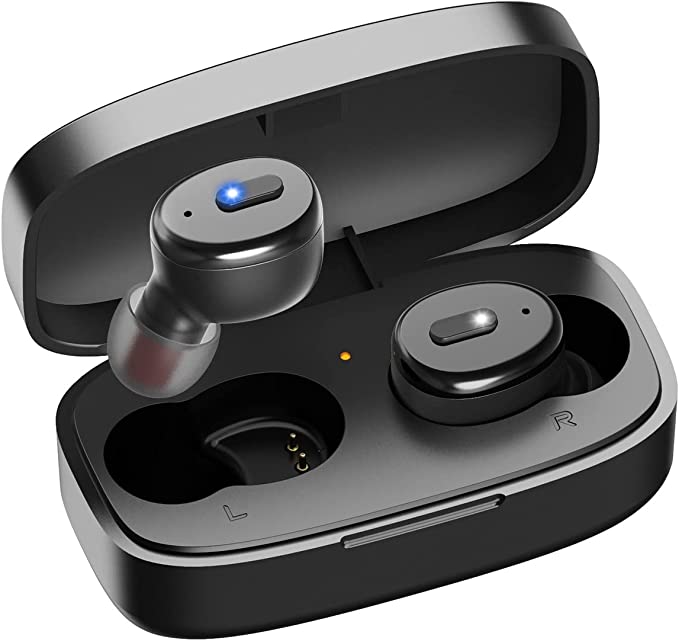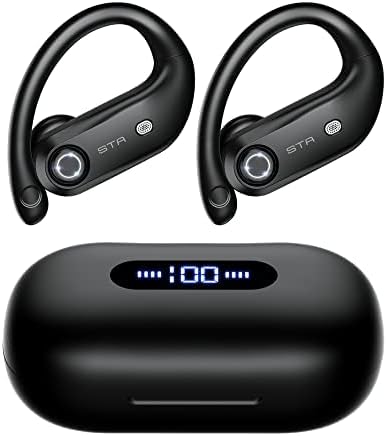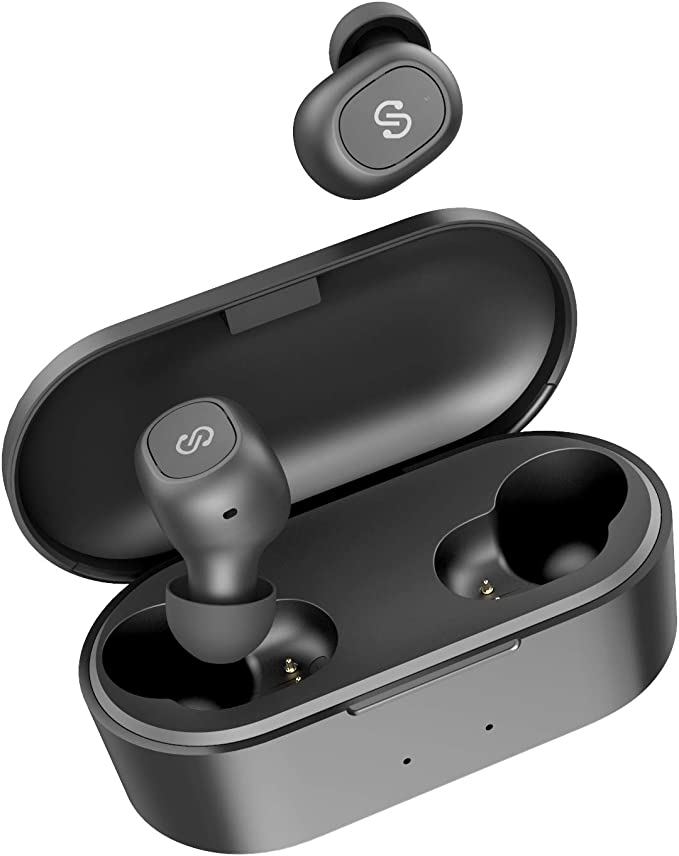The Engineering of Survival: What Makes a Truly 'Workout-Proof' Earbud?
Update on Nov. 14, 2025, 9:31 p.m.
For anyone serious about fitness, there is no greater sin than equipment failure. A shoelace that comes undone, a watch that dies mid-run, or—most infuriatingly—an earbud that pops out and clatters to the ground, shattering your focus and flow. These are not minor inconveniences; they are acts of betrayal by the very gear meant to support you.
This is why a true sport earbud is engineered with a different philosophy. Its primary goal is not just to play music; it’s to survive the hostile environment of a workout. A great sport earbud must win a grueling three-part trial—a battle against motion, moisture, and mortality. By understanding this “engineering of survival,” you can learn to spot a reliable training partner. Let’s decode these three trials, using a celebrated, battle-tested model like the uaue i23L Wireless Earbuds as our field guide.

Trial 1: The Battle Against Motion (Stability)
The first and most immediate challenge is the relentless force of physics. Standard in-ear buds that rely on simple friction are no match for the g-forces of sprinting, jumping, and burpees.
The engineering solution is the sport ear hook. This is not an aesthetic choice; it’s a biomechanical anchor. By wrapping gently but securely over the top of your ear, the flexible hook leverages your ear’s natural anatomy to create a robust, multi-axis lock. It counteracts the downward pull of gravity and the outward jarring of impact. When a product amasses reviews with users exclaiming they have “never fallen out” during a run, it is a direct validation of this core design principle. It is the absolute foundation of a “workout-proof” earbud.

Trial 2: The Battle Against Moisture (Durability)
The second enemy is more insidious: chemistry. Human sweat is a saline solution, relentlessly corrosive to sensitive electronics. Add to that the threat of a sudden downpour, and you have a recipe for disaster.
The shield against this is the IPX7 waterproof rating. This is a formal certification, not a marketing buzzword. It guarantees that the device’s internal components are hermetically sealed and can withstand full submersion in up to 1 meter of water for 30 minutes. This is achieved through precision seals and hydrophobic nano-coatings.
While this spec provides peace of mind, the ultimate proof is in real-world survival stories. In a remarkable user review for the uaue i23L, a user recounts losing an earbud in their yard for a week, where it endured rain. They then found it in a pocket and unknowingly sent it through a full laundry cycle—washer and dryer. Astonishingly, it still worked. This is what “workout-proof” truly means. It’s engineering so robust that it can survive not just the intended rigors of a workout, but the unintended chaos of life.

Trial 3: The Battle Against Time (Endurance)
The final trial is a marathon of endurance. A battery that dies halfway through your long run has failed. To conquer this, engineers employ a two-part strategy of massive energy reserves and high efficiency.
- The Fuel Tank: The charging case acts as the “fuel tank.” A large capacity case, like the one accompanying the i23L which provides a total of 48 hours of playtime, transforms your relationship with charging. It’s no longer a daily anxiety but a weekly task.
- The Engine: A modern Bluetooth 5.3 chipset acts as a hyper-efficient “engine.” It sips power, maintaining a rock-solid connection while maximizing every milliamp of battery. This allows the earbuds themselves to achieve an impressive 8 hours of continuous playback on a single charge.
A clear LED power display on the case acts as your fuel gauge, removing all guesswork and ensuring you’re always ready to go the distance. When a user reports they “only have to charge the case every other week,” it’s a testament to this powerful synergy of storage and efficiency.

Conclusion: More Than an Earbud, a Training Partner
In the world of sports, you need gear you can trust implicitly. A true “workout-proof” earbud isn’t defined by its sound signature alone, but by its ability to pass these three grueling trials of stability, durability, and endurance.
Features like a large 14.2mm dynamic driver for powerful, motivating bass and CVC 8.0 noise reduction for clear calls are the rewards you get for choosing a device built on such a robust foundation. By learning to identify this “engineering of survival,” you can choose a device that moves beyond being a simple accessory and becomes what every athlete truly needs: a reliable, unbreakable training partner.
